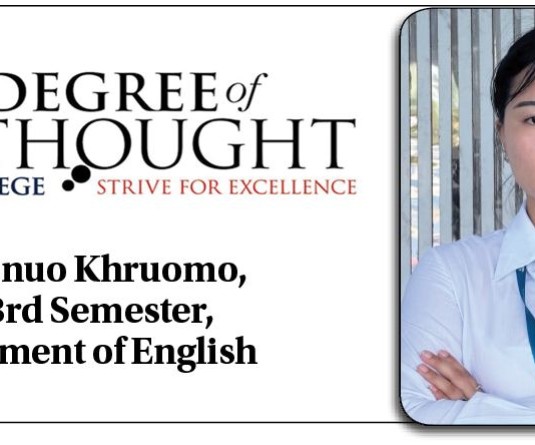
Fast food has become a familiar part of student life today. Whether it’s a quick snack between classes or a relaxed meal with friends, the popularity of fast food among college students is undeniable. What began for us as a classroom activity turned into a revealing look at everyday choices and behaviours that often go unnoticed.
The research we conducted was more than just an assignment—it was a hands-on extension of what we learned in our Sociological Research Methods course. Our objective was to understand the fast food consumption patterns among our peers and, in doing so, apply classroom knowledge of interviews and observations to a real-world context. We weren’t aiming to write a thesis—we simply wanted to understand what makes students reach for that plate of momos or chana mix during the day.
This exploration provided us with insight into the broader value of research: it expands knowledge, solves problems, and supports informed decision-making. Research provides us with reliable information that can help us better understand human behaviour, societal trends, and even guide policy in areas like healthcare, education, and business. In the context of Sociology, research enables us to examine more closely how individuals and groups interact and what influences their actions and decisions. It connects theory to lived experience, and that’s exactly what this project allowed us to do.
Our project involved a small-scale study focused on students’ eating habits on campus. We asked basic but insightful questions: Why do students prefer fast food? How often do they eat it? Are they aware of the health implications? And how do they budget for it?
In the process, we also came to realise that social research is not just about observation or interviews—it’s about understanding behaviours, actions, and the broader social reality. It helps uncover why people make certain choices and how social environments influence those choices. Though our project was limited in time and scope, it provided rich insights into this everyday aspect of student life.
Of course, the process wasn’t without its challenges. Getting students to participate in interviews proved difficult. Some were in a hurry, while others weren’t interested. This taught us the importance of rapport building—something we had only discussed in theory before. Observation was also tricky. Many students don’t sit down to eat; they move quickly from class to class, and their food choices are not always easy to track. Even the interviews were time-consuming, with each response needing to be collected individually. And when we finally had all the responses, we realised that analysing them—identifying patterns and recurring themes—was another time-consuming but rewarding task.
Despite these hurdles, the experience was incredibly educational. The student responses revealed that fast food is extremely popular. While some students eat fast food every day, others consume it three to four times a week or once a week. Chana mix emerged as the most popular item, followed by momos, noodles, puri, aloo paratha, and fried rice. One respondent even called chana mix her "go-to" item on campus.
Students dine in a variety of places—from the cafeteria and hotspot to classrooms and even outdoor spots like the mango tree and the stone park. Almost all respondents shared that they prefer eating with friends, saying that it helps them relax and recharge after class. One student said they enjoy eating in a "clean and noise-free environment," pointing to the importance of the dining setting as well.
Spending on fast food ranges from Rs 200 to Rs 500 per week for most students. Their reasons for eating fast food include taste, affordability, convenience, and hunger. On average, students rated their satisfaction with campus food options at 6.4 out of 10—indicating general approval but clear room for improvement.
Students also offered thoughtful suggestions. The most common concerns were limited menu options, high prices, and a lack of comfortable seating. Many called for better food quality, cleanliness, and packaging. Some requested international items like pork momo, burgers, French fries, bubble tea, and black Pepsi. Others stressed the need for hygiene and a comfortable dining space, showing that students care about the entire eating experience—not just what’s on their plate.
In the end, our study was about more than just food. It gave us valuable insights into how students make decisions, what drives their preferences, and how convenience, price, and social settings affect their choices. More importantly, it helped us grow as researchers. We learned how to conduct interviews, manage time, apply observation methods, and handle real-world complications.
This project showed us how meaningful even the simplest research can be. It reminded us that Sociology isn’t just about theory—it’s about people, choices, and the world we live in every day. Fast food, in this case, became a lens to understand not only our peers but also the broader social patterns that influence everyday life.
.
Degree of Thought is a weekly community column initiated by Tetso College in partnership with The Morung Express. Degree of Thought will delve into the social, cultural, political and educational issues around us. The views expressed here do not reflect the opinion of the institution. Tetso College is a NAAC Accredited UGC recognised Commerce and Arts College. The editorial team includes Chubamenla, Asst. Professor Dept. of English and Rinsit Sareo, Asst. Manager, IT, Media & Communications. For feedback or comments please email: dot@tetsocollege.org






